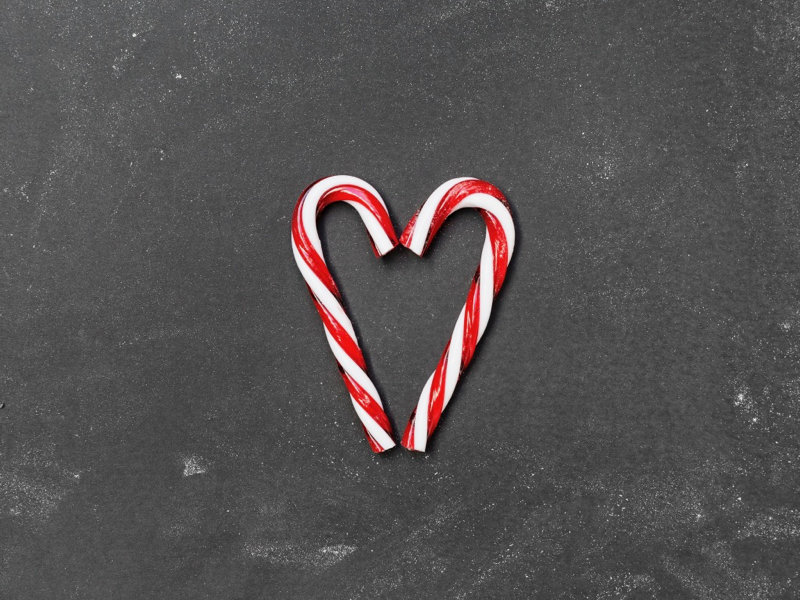All week long we will be featuring holiday recipes, local gift guides and more during "Home for the Holidays Week" brought to you by Sendik's Food Market. Your trusted, local grocer.
Who doesn’t love to kick back with a nice little cocktail and enjoy the season? OK, there may be a few, but for the rest of us, here are some suggestions to help you get into the, ahem, spirit, of the season (see what I did there?) ...
Over the past decade, Hudson – a craft distiller in upstate New York – has grown its reputation, and recently I have discovered the Manhattan Rye and Baby Bourbon ($45-$55) and fallen in love. The rye has great spice and a honey sweetness and is perfect in a Manhattan. The Baby Bourbon is smokier, oakier and with a smack of vanilla.
There are a few other whiskeys that Hudson makes that I still need to try – watch out New York Corn, I’m coming for you. And when I try them, I’m going to enjoy them in my new Brooklyn map rocks glass from Uncommon Green, a contemporary design business in Boston.
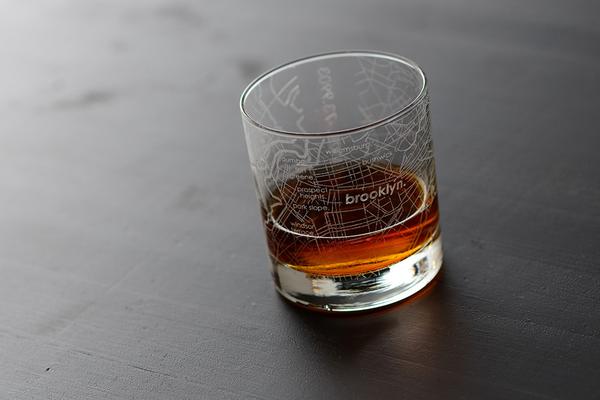
The 11-ounce glass is sturdy and reflects my roots – though the Midwood neighborhood could be more prominent (just sayin’) – so I fully expect you’ll choose a Milwaukee version, also available in a coffee mug, mason jar, pint glass or stemless wine glass. There are cool copper cups, too, but the map choices are limited to Boston, Chicago, NYC, Washington D.C. and, for obvious reasons, Moscow.
We’re fans of the classic, simple vodka tonic at our house – refreshing, clean and with a slice of lime, pure perfection. Lately, I’ve been using Reyka (about $25), which is distilled once from barley and wheat. As a bonus, it also claims to be the world’s first green vodka (not in color!), because it is made with cold glacial water and distilled with sustainable geothermal heat. I didn’t get to Iceland in 2016, but I'd like to think it tastes like this.
Now, I know that Not Vodka water bottles are meant to hold water, but I can’t help but wonder if the "Not Vodka" name printed on the side would reassure park employees about what’s contained within or if it would draw suspicion during a summer concert outdoors.
I have some time to think that through, but in the meantime, I’m glad my orange bullet model – stainless steel with a copper lining ($32) – is eye-catching and so bright that I’m unlikely ever to accidentally leave it behind somewhere, which is my usual M.O. when it comes to these things. (The car roof is an especially favorite spot for me to forget a travel mug or water bottle.)
The best thing about the Not Vodka bottle, however, is that a dollar from the sale of every one of them goes to either Thirst Project or Code: Red, and you get to decide.
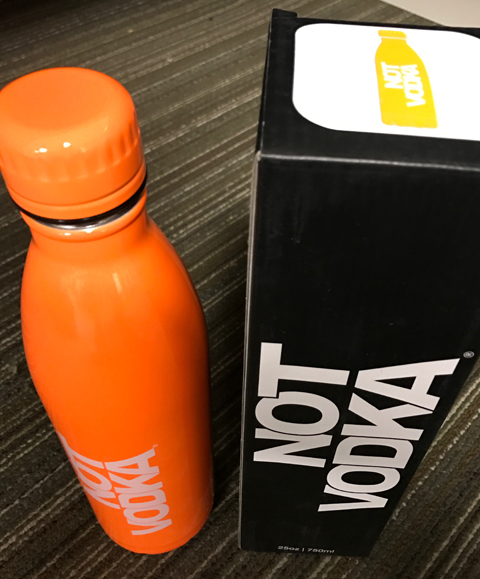
Lately, it’s occurred to me that I am woefully ignorant about sake – which is something I need to correct in the next few months. So I’m testing the waters – or, more appropriately, the rice wines – via two Junmai (pure rice wine without added alcohol) examples from Ty Ku. I started with the Silver, which has a bit of sweetness but takes a little getting used to for a neophyte like me. I suggest starting with the slightly pricier (about $22) Black label that is fruitier and softer both on the nose and on the palate, with a nice melon twist. Then work back toward the Silver (about $16) to compare.
Before I suggest a few wines, consider how you open your wine. You want the experience to be fun and easy, not a chore. Vinturi’s vertical lever corkscrew ($50) is sleek and shiny and gets the job done quickly and easily.
If you want something a little more tough-guy, a little more dangerous, opt for the Shinola corkscrew from Detroit, designed by celebrity ink-man and SAVED Wines creator Scott Campbell ($125 in a handsome slipcase and drawstring storage bag). This solid brass T-handle corkscrew – made, like me, in Brooklyn – is simplicity: twist it in and pull it out. And if anyone gives you any guff, this weighty etched slab of brass can be your protector. But let’s not have it come to that, please.
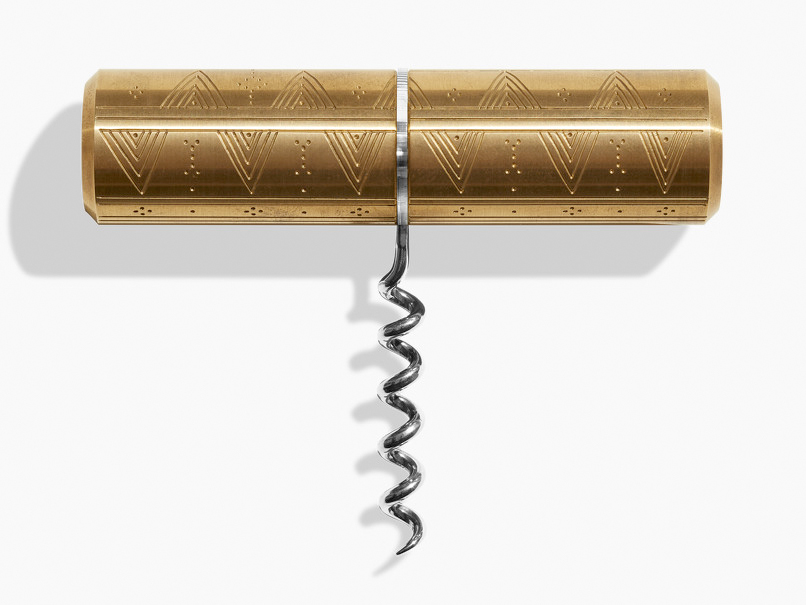
Or you could keep the cork but skip the corkscrew altogether with Bronco’s Red Truck, the first American wine (a blend of California Syrah, Petite Sirah, Cabernet Dorsa, Malbec and Petite Verdot, $11) to use a Helix cork stopper that you can just pull out and pop back in. You still get cork, but, if you ask me, you lose the romance and the ceremony of the uncorking. I do, however, like the ease with which you can re-close the bottle with the original stopper on those rare occasions when you have wine left.
Here are some reds I’ve tried recently:
Markham Merlot, 2014 ($26), is mostly Merlot, but with 12 percent Cabernet Sauvignon and 2 percent Petite Sirah, and is another of those Merlots that reminds me that not all Merlot is bland, boring, dull Merlot. This one, in fact, is full of life, with red fruits and chocolate balancing the tannins on the finish.
Cecchi Chianti Classico, 2014 ($22), is a real Italian gem, with soft tannins, strawberry and raspberry fruit, leather, a beautiful spice. Buy it now and cellar it for a while, or go nuts and enjoy it now. Life is short.
Left Coast Cellars Cali’s Cuvee Pinot Noir, 2014 ($24), is an easily drinkable, dark-ruby pinot with strawberry sweetness, cranberry tartness and a hint of cocoa. What I liked most was an earthy undertone.
And here are a few whites:
Hanna Sauvignon Blanc, 2015 ($20), is dancing with bright acidity and a variety of alluring fruit and floral flavors. Aged in steel, there’s no oak to get in the way of the rich straw and citrus. Quite nice.
Left Coast Cellars The Orchards Pinot Gris, 2015 ($18), is snappy and bright with a refreshing apple and pear sweetness. From Oregon’s Willamette Valley and, interestingly, the vineyard is planted on the site of a pear and apple orchard that was established during pioneer days. So it’s, ahem, rooted in history.
Ciu’ Ciu’ Evoe’ Passerina (about $15) is something I loved trying for a number of reasons. First, it comes from Le Marche region of Italy – where many Bay View Italians trace their roots – second, because we rarely see much passerina around here and, third, because no animal proteins of any kind were used in the fining of the wine, making it 100 percent vegan. This straw-colored gem is floral and light and smacks of freshness.
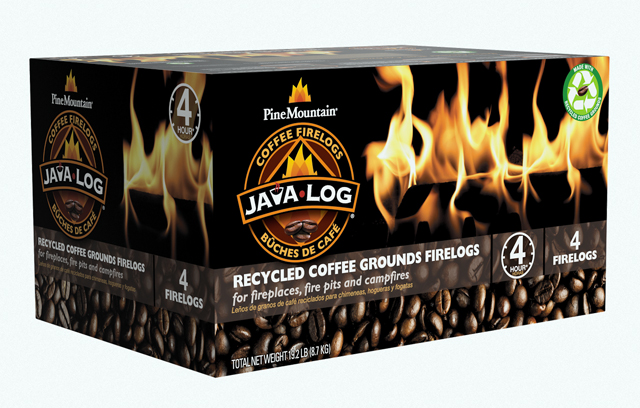
And, in conclusion, you know, pretty much any holiday quaff is best enjoyed in front of a fireplace. If you don’t have the time for the muss, the fuss, the splitting, the stacking and the clean-up of a wood fire, consider a packaged log like the ones available from Pine Mountain, which makes more traditional firelogs, as well as a variety of specialty versions, including a three-hour ColorCrackle log and the longer-burning Java-Log that's made from recycled coffee grounds!
Born in Brooklyn, N.Y., where he lived until he was 17, Bobby received his BA-Mass Communications from UWM in 1989 and has lived in Walker's Point, Bay View, Enderis Park, South Milwaukee and on the East Side.
He has published three non-fiction books in Italy – including one about an event in Milwaukee history, which was published in the U.S. in autumn 2010. Four more books, all about Milwaukee, have been published by The History Press.
With his most recent band, The Yell Leaders, Bobby released four LPs and had a songs featured in episodes of TV's "Party of Five" and "Dawson's Creek," and films in Japan, South America and the U.S. The Yell Leaders were named the best unsigned band in their region by VH-1 as part of its Rock Across America 1998 Tour. Most recently, the band contributed tracks to a UK vinyl/CD tribute to the Redskins and collaborated on a track with Italian novelist Enrico Remmert.
He's produced three installments of the "OMCD" series of local music compilations for OnMilwaukee.com and in 2007 produced a CD of Italian music and poetry.
In 2005, he was awarded the City of Asti's (Italy) Journalism Prize for his work focusing on that area. He has also won awards from the Milwaukee Press Club.
He has be heard on 88Nine Radio Milwaukee talking about his "Urban Spelunking" series of stories, in that station's most popular podcast.




